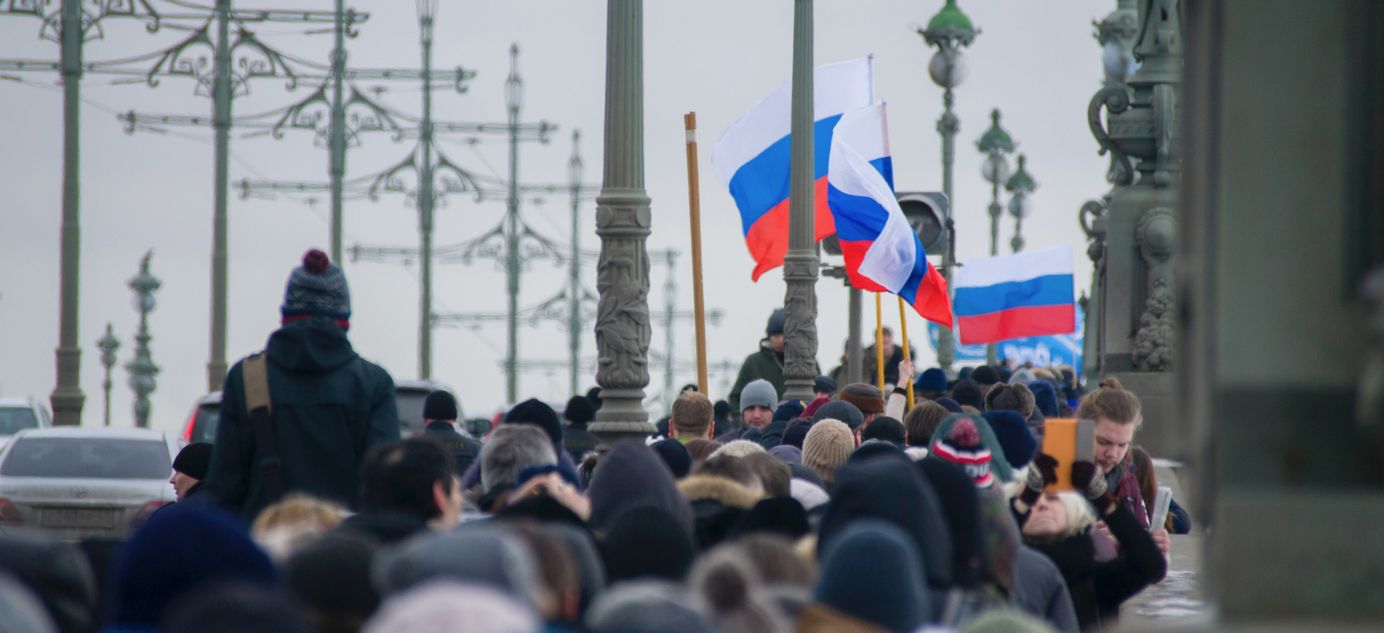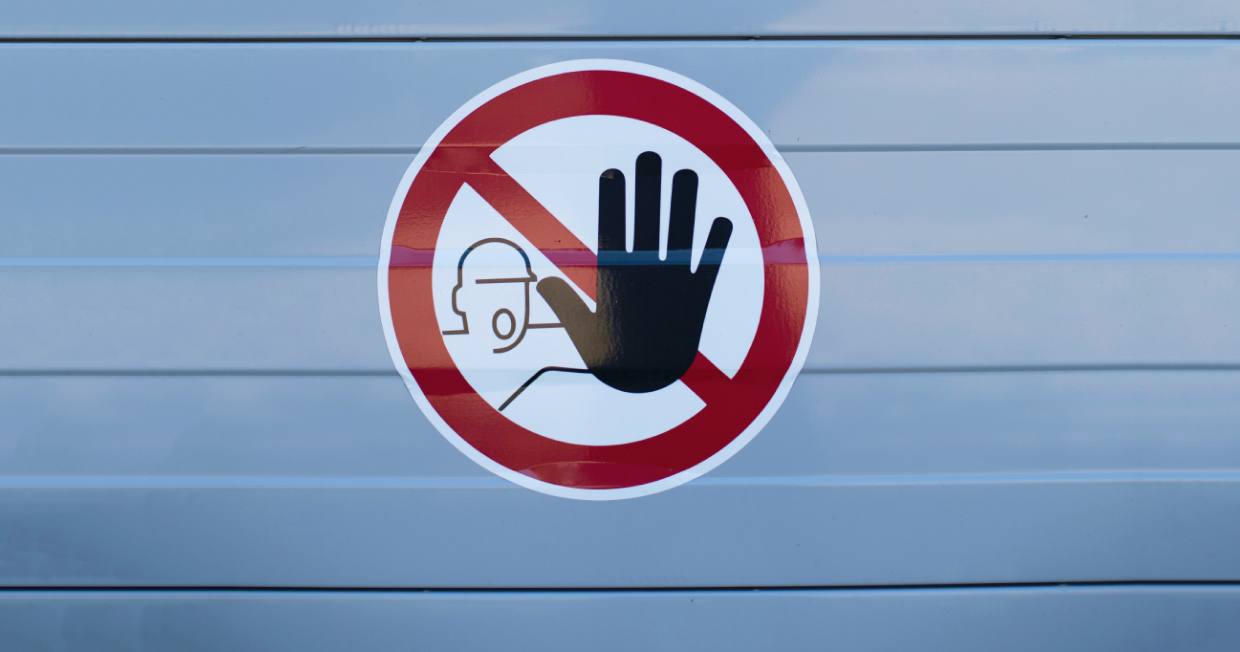
Specter of stagflation stalks Russian economy

A new wave of COVID-19 has started to rage across Russia and last week the Moscow authorities decided to impose the most significant restrictions since the first weeks of the pandemic back in spring 2020. In an aggressive move amid rising inflation, the Central Bank also raised its key rate to 7.5 percent. It is not yet clear exactly how hard these developments will hit the Russian economy, but the specter of stagflation is becoming ever more visible.
- On Friday, for the second day in a row, Russia set a record for new coronavirus infections and deaths in a 24-hour period. The official figures showed 37,141 new cases (up from 36,339 the day before) and 1,064 deaths (up from 1,036). Moscow saw the highest number of cases and infections have risen sharply in the capital this week — up from 5,847 on Wednesday to 7,897 on Thursday and then 8,166 on Friday. The current record for infections in a single day in the city is 9,056, set on July 18. Mayor Sergei Sobyanin warned that this could be topped in the coming days.
- The reliability of official figures remains an open question, but it is clear that the authorities’ new willingness to impose unpopular restrictions points to a significant deterioration in the situation.
- First, on Wednesday, President Vladimir Putin announced that Oct. 30 through Nov. 7 would be non-working days in Russia, with staff still receiving their salaries. Russia was already due for a long weekend thanks to the Day of National Unity on Nov. 4 and adding three more days to the public holidays will not significantly affect economic activity, several economists told RBC. In May, when there were similar additional non-working days, many businesses carried on as normal, experts recalled.
- While the non-working days announced by Putin were not set to force the service sector to shut down, the measures announced a day later for Moscow and Moscow Region look a lot more like a lockdown for business. On Thursday, Moscow mayor Sobyanin published a decree to completely prohibit activity in the retail and services industries, as well as hospitality, entertainment, culture, sport and recreation sectors from Oct. 28 through Nov. 7. Moscow Region governor Alexei Vorobyov quickly followed suit. Only four areas are exempt: the sale of food, the sale of medicine, take-away and delivery services from cafes and restaurants, and online retail. Large-scale cultural, entertainment, sporting, promotional and similar events are banned. After the lockdown, starting Nov. 8, access to events involving more than 500 people will be via QR-codes issued to vaccinated attendees and those with a recent negative PCR test. Theaters and museums will return to work but must operate at 50 percent capacity and access will also be limited to those with QR-codes. Apart from a fairly gentle ‘stay-at-home’ regime for vulnerable individuals and those aged 60 or more, Moscow residents will face no restrictions on their movement around the city.
- During last year’s lockdowns, most regions were quick to follow Moscow’s lead, implementing similar measures to what was introduced in the capital. Today, restrictions are being imposed more selectively – but that does not necessarily mean they are softer in places further away from Moscow. For instance, over 50 of Russia’s 85 regions require visitors to have a QR-code to visit public spaces — something not yet required in the capital.
- Russia’s economy finds itself in a difficult situation. Like the rest of the world, the pace of the economic recovery is slowing: in August, growth dropped to 3.7 percent year-on-year, compared with 4.7 percent in July and 8.9 percent in June. New restrictions only make the picture more complicated. According to analysts at Sova Capital, the lockdown for businesses in Moscow and Moscow Region alone could cost Russia 0.25-0.3 percent of its annual GDP growth. At the same time, inflation continues to hit new highs. Data published Wednesday by Rosstat shows price rises have reached an annual rate of 7.78 percent, the highest level since 2016. The danger of global stagflation, under debate by investment bankers for at least the past month, was also recognized by Russia’s Finance Ministry last Thursday.
- On Friday, the Central Bank raised its key rate for the sixth time this year, an increase of 0.75 percentage points to 7.5 percent, and indicated that more rate rises were possible. The hike turned out to be higher than expected by many analysts, whose predictions were largely split between rises of 0.25 and 0.5 percentage points. The main explanation for the sharper-than-expected rise is that the regulator now sees COVID-19 restrictions as a factor contributing to inflation, Central Bank head Elvira Nabiullina said Friday in a press conference. In spring 2020, the lockdown helped to combat inflation by squashing demand. But subsequent experience has shown that demand is less and less impacted by restrictions, while supply is once again set to be hampered by suspension of businesses. As a result, Nabiullina explained, restrictions are fuelling inflation.
Why the world should care: The Central Bank’s decision makes clear that inflation is the biggest threat facing the Russian economy right now. The impact of new COVID-19 restrictions on economic growth, and the possible emergence of stagflation, will substantially depend on how long these measures are in place. Moscow’s first lockdown, in late March 2020, was originally imposed for a week, but ended up lasting more than two months.




